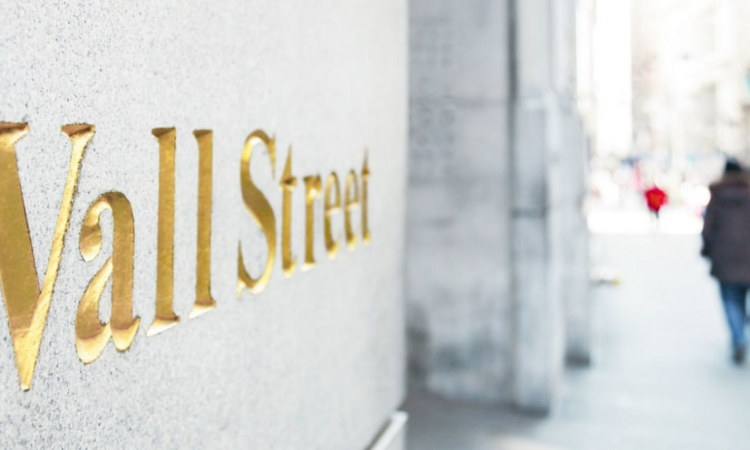
The S&P 500 advanced for the sixth session in a row, hitting a fresh record high on a total return basis. The small-cap Russell 2000 has now gained more than 20% since a low just six weeks ago, meeting a popular definition of a bull market.
But while the economic and policy backdrop is positive for both fixed income and equities, the pace of the recent rally looks unsustainable, and investors appear to be downplaying risks.
The resilience of US economic data adds to the threat that markets could be disappointed by the speed of Federal Reserve rate cuts in 2024. As of 14 December, markets were implying around 160 basis points of cuts next year, with a high probability that easing will start by the March policy meeting. That is far faster than the 75 basis points of easing expected by top Fed officials, based on the median forecast in the dot plot. Our expectation is more in line with the Fed’s forecast.
Recent US economic releases, while pointing to a gradual deceleration of growth, have so far not suggested the need for rapid rate cuts. Consumer spending continues to hold up surprisingly well, with retail sales rising 0.3 on the month in November versus expectations for a 0.1% decline. The drop in yields also has the potential to reduce the need for aggressive easing. The Bloomberg index of US financial conditions is now at its most accommodative in close to two years.
Other major central banks have attempted to dampen market hopes for swift monetary easing. While the European Central Bank, Swiss National Bank, and Bank of England all kept rates on hold at policy meetings over the past week, the message from top officials remained mixed. ECB President Christine Lagarde said that the central bank should “not lower our guard” on inflation and that policymakers “did not discuss rate cuts at all” at their December gathering. Views on the pace of ECB easing will continue to shift along with incoming data releases, in our view, especially following weaker-than-expected business activity readings for the Eurozone, published on 15 December.
The Bank of England’s meeting was the most hawkish of the week, reflecting an inflation level of 4.6% for October that is still more than double the central bank’s target. Three of the nine-member policy committee even voted for a hike, while Governor Andrew Bailey warned that there was “still some way to go” to hit its target.
Markets may have become too complacent about geopolitical risks for the coming year. The VIX index of implied US stock volatility, a popular measure of investor anxiety, now stands at its lowest levels since the onset of the pandemic in early 2020. While the price of Brent crude rose on Thursday, it declined in each of the prior seven weeks—suggesting a high degree of confidence that the war between Israel and Hamas will not spill over into a broader conflict that disrupts oil supply. While that is also our base case, the conflict in the Middle East and the war between Russia and Ukraine remain fluid, and the risk of escalation has not gone away. The runup to the US Presidential election in November may also lead to choppier market conditions, particularly against the backdrop of an increasingly polarized US political process.
So, despite recent positive news for markets, investors should not neglect the potential to hedge risks, which has become more affordable as investor confidence has improved. After the recent rally, we advise investors to focus on parts of the market that tend to outperform in periods of weaker growth, such as quality stocks. We remain most preferred on quality fixed income.
Main contributors – Solita Marcelli, Mark Haefele, Jon Gordon, Jennifer Stahmer, Christopher Swann
Read the original report : Risks remain despite the rally, 15 December 2023.





